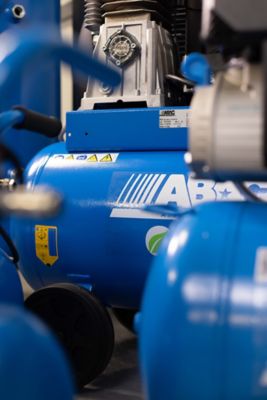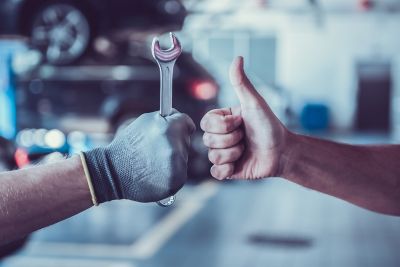DIY compressors are smaller, often portable, and designed for home and hobbyist use. These compressors are perfect for tasks such as inflating tires, powering nail guns and spray painters, or other small tools.
Advantages:
- Compact and easy to store
- Simple operation, ideal for household tasks
- Cost-effective for occasional use
Best for: Home garages, hobbyists, and DIY projects.












